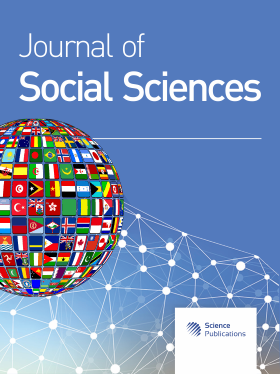The Development of Community Economic System of Thung Kula Ronghai Farmers at Ban Ta Yuak, Northeastern Thailand
Abstract
The article was based on the case study at Ban Tayuak, Tambon Thung Luang, Amphoe Suwannaphum, Roi Et, Thung Kula Ronghai, N.E. Thailand By using qualitative research method, the researcher interviewed farmers who had been settled there over ten years. Field and documentary data were then analyzed. The results of the study were as follows: The area of thung Kula Ronghai has been occupied since the prehistoric period. Prehistoric and today's settlements are found at Ban Muang Bua and Ban Tha Nen, Amphoe Kasetwisai, Roiet; Ban ya Weuk, Amphoe chumponburi, Surin. The evidences found included rice, fish, Salt, and iron tools. As the new comers to the area, the people at Ban Ta yuak were themselves thai – Khmers and came from Amphoe Thathum, Surin looking for fertile land. The community economic systems were classified as traditional and newly developed ones. The traditional economic system existed before 1974 The newly developed one introduced during 1974 - 2003. The traditional economic system was subsistent depending upon family and clan labor, rain water, ancestral beliefs, and community exchange. The newly developed economic system was based on a single crop growing and chemical fertilizer. Such a market economy was partly introduced by the government during 1974 - 1997 Unlike the traditional economic system, the market economy emphasized capital investment and pricing of which the farmers had no or little control. The commercial goods were nore expenive than the agricultural produces. As a result, the farmers spent more than their annual income earning. The System created poverty within village communities in thung Kula Ronghai region. The period of 1997 - 2003 the community developed an economic system of their own choice promoting participation and the pooling of natural resources, investment, technology, and local wisdom. They set up a silk making group. they marketed their own rice, silk cloth and dealt with Outside organizations carefully. They made sure that they could move along using their own pace, social and cultural strength, and flexibility amidst postmodernity.
DOI: https://doi.org/10.3844/jssp.2005.240.242

- 3,599 Views
- 2,710 Downloads
- 1 Citations
Download
Keywords
- The development of community economy
- The Thung Kula Ronghai farmers
- Community
